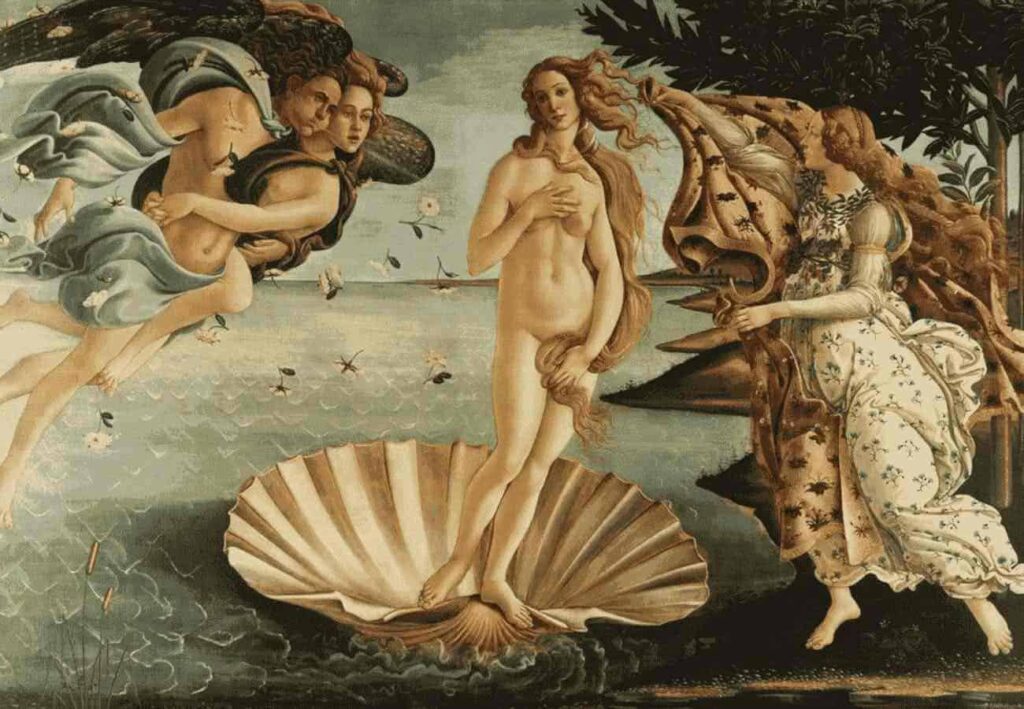Creative Disaster
The disasters, though undeniably tragic, create new resources and opportunities to advance in the design and creation of healthy communities and innovative business reactions; this is what some American universities demonstrate (Javier Monllor of DePaul University in Chicago).
Even Eric Weiner in his article titled “Renaissance Florence was a better model of innovation than Silicon Valley” reports how devastating events in Renaissance Florence and Athens, sacked by the Persians, produced surprising events: “Innovators need to constantly ask themselves:” What good can come from this? Where is the opportunity hidden in the midst of anguish? “…… Don’t aim to restore a glorious and probably illusory past. Instead, use catastrophe to create something entirely new.”

The only certain thing, now as then, is that there is a need for a rebirth that does not necessarily mean erasing the past, but rather that is able to innovate on the basis of the past.
Innovating basically means creating a positive change in the state of existing things and this can happen both at the product and system level.
In respect and enhancement of culture and identity, what I hope is that the globalization of markets on one hand and the technological push on the other amplify the many talents in order to not disperse the acquired knowledge.
These were Renaissance concepts. Today they are predominant again in the world of exponential innovation. The important thing is not to remain immobile. Let’s start today because the action has in itself the power to change.

